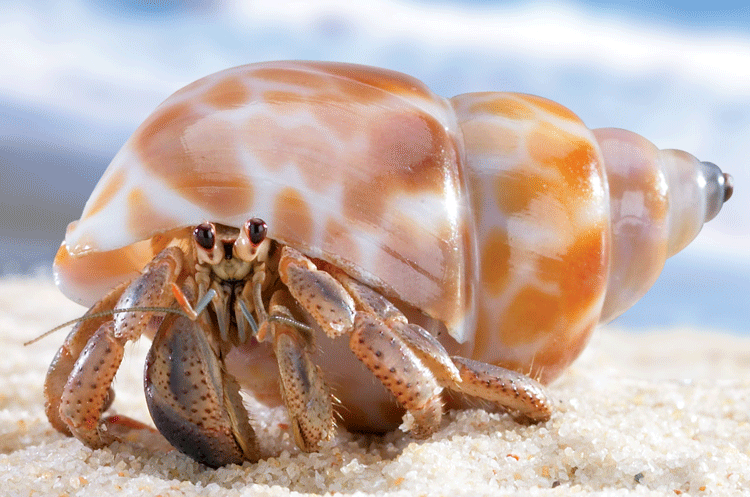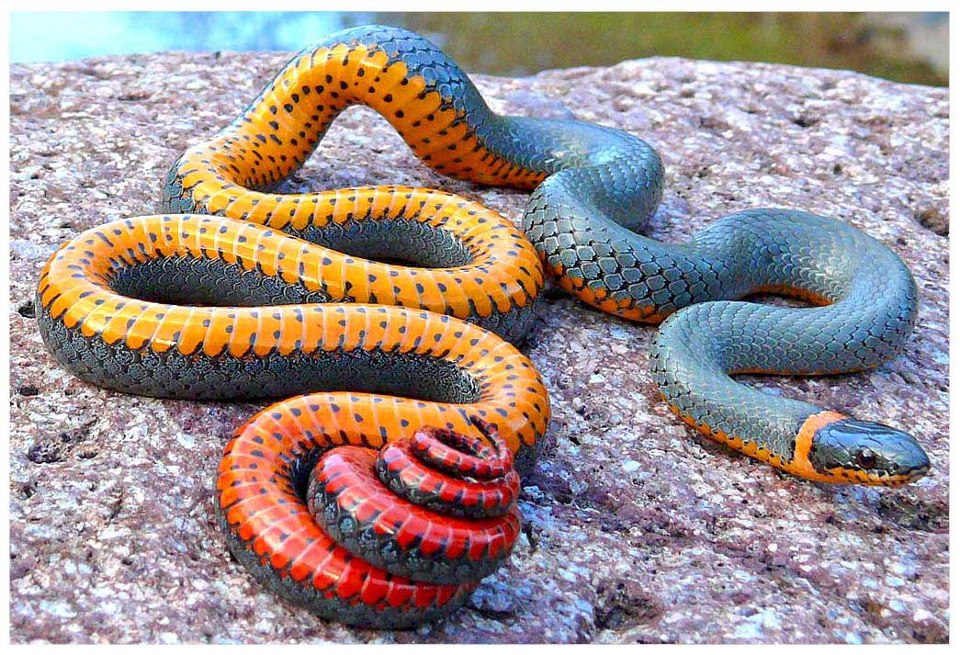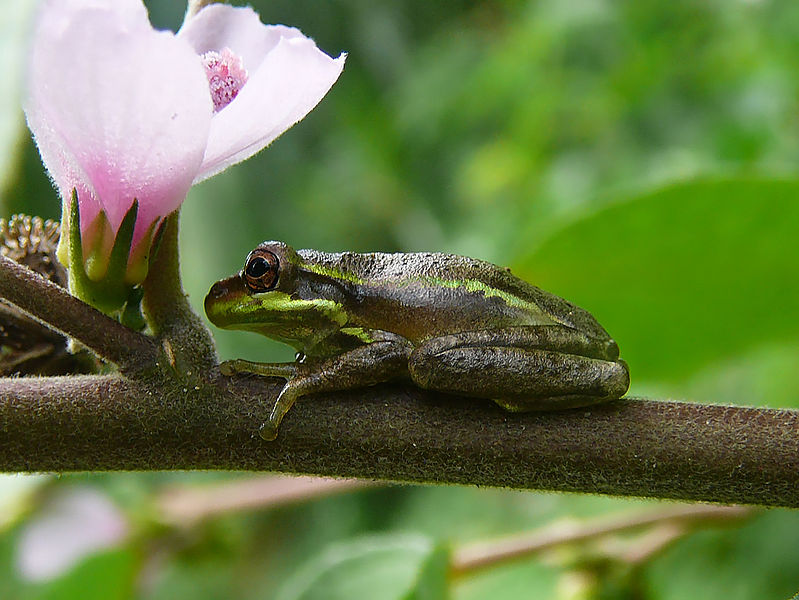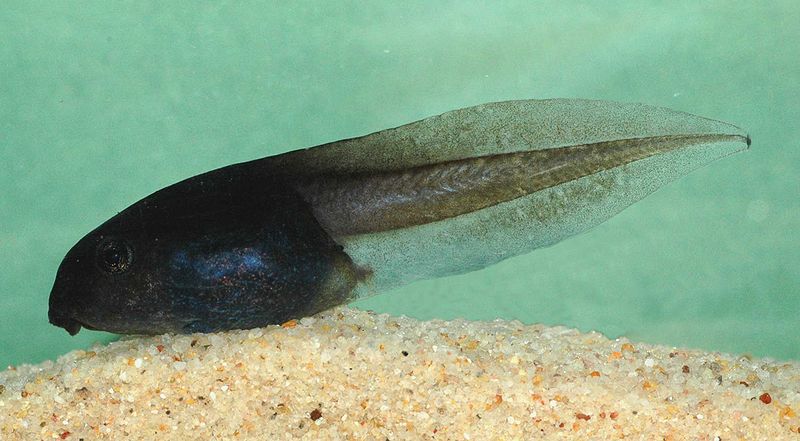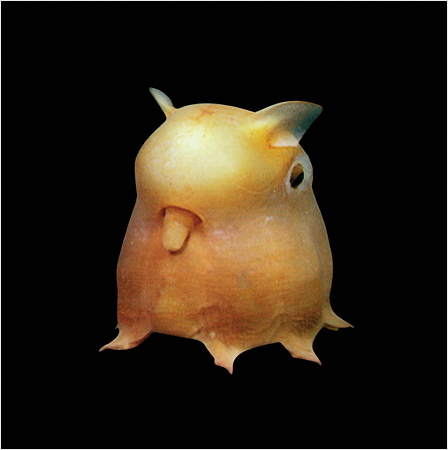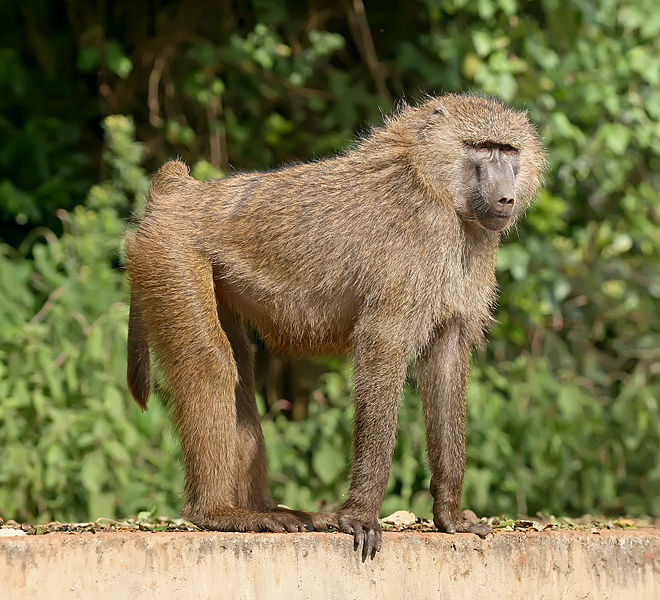
I am actually shocked today to learn that we have yet to explore the world of the Baboon. I have no idea how this amazing creature managed to slip all the way down to Wild Fact #482. Well, I guess that doesn’t matter anymore since today we are heading to Africa to observe the ever intriguing Baboon. The two most common Baboon’s found in Africa are the Yellow Baboon and the Olive Baboon, however there are others such as the Guinea and Chacma that all live in the savanna. There is even a Baboon that lives on cliffs called the Hamadryas Baboon. But for today’s Wild Fact, we won’t be picking a favourite. Instead we will just talk about general characteristics of all the species that fall under the “Baboon” designation.
I am sure you have seen enough nature shows to know that a Baboon can easily weigh up to 45 kg (100 lbs), which makes them some of the largest monkey’s in the world. This large monkey tends to hang out in the nice open savanna, although some do live in the tropical forests, which makes more sense since they are monkey’s, right? Well the Baboon isn’t like other monkey’s since they don’t have a prehensile tail, which is used for grabbing branches. This doesn’t mean they can’t climb trees to sleep, eat and escape predators but it does mean that the Baboon spends the majority of their time on the ground. Obviously this makes sense if you live in a wide open savanna!

When you think about monkey’s, you probably don’t picture them as being aggressive meat eaters, do you? Obviously, you are not picturing a Baboon since they will feed on a variety of items including birds, rodents and even young antelope and sheep. They aren’t strictly carnivores though and still enjoy a steady diet of fruit, bark, seeds and various grasses. I have said it before and I will say it again, a balanced diet is important.
Baboon Fast Fact – I know I said I wasn’t going to pick a favourite Baboon to talk about but I am going to give a quick fact on the Baboon’s that live in the savanna. These particular monkey’s will form large troops that could consist of hundred’s of Baboon’s. These troops have a complex hierarchy that even baffles scientists. I guess every family is complicated, no matter what species!
Thanks for reading today’s post on the Baboon. I will see you tomorrow for the last fact of the week.

